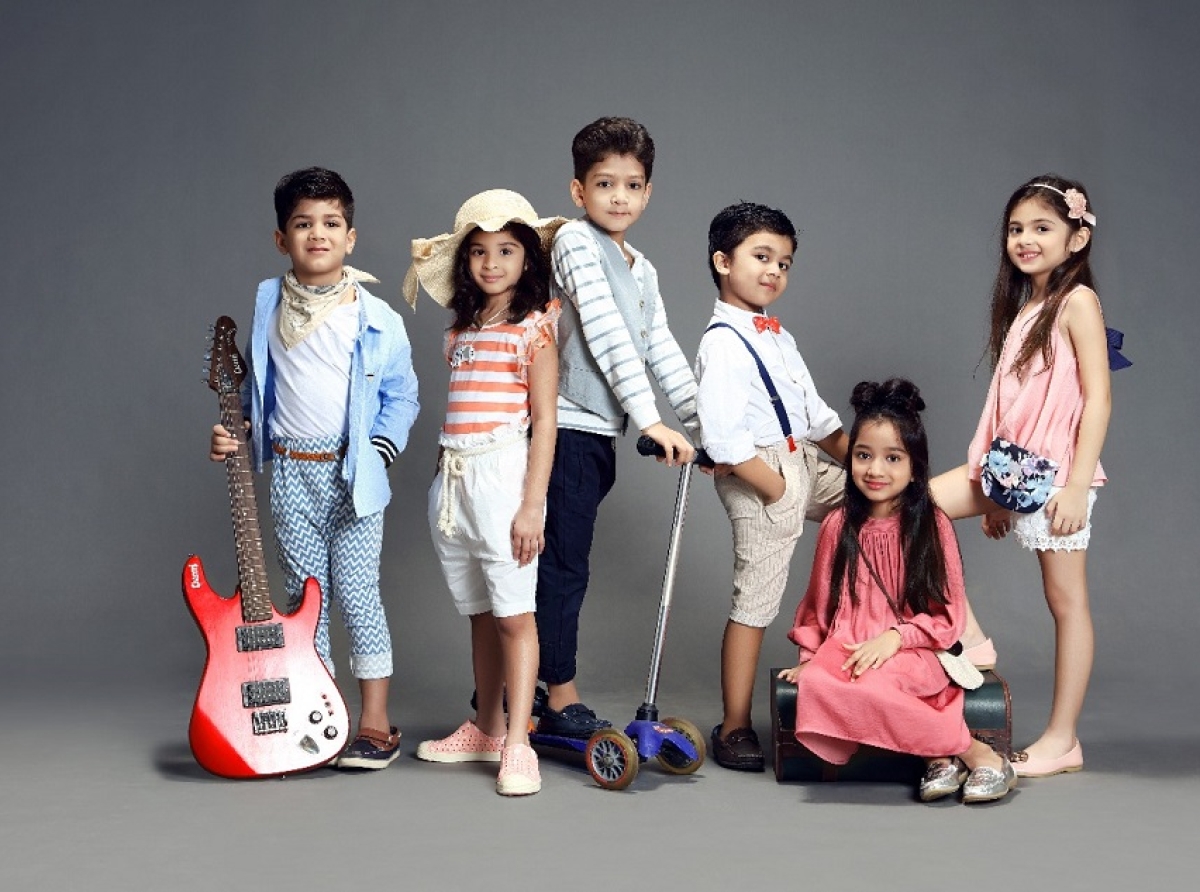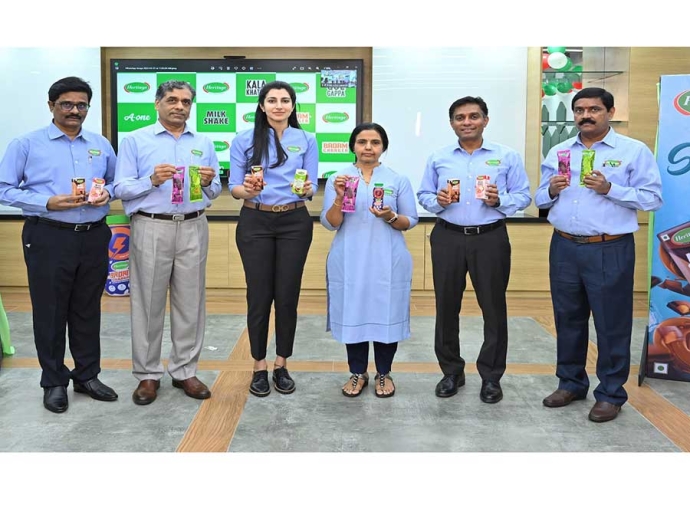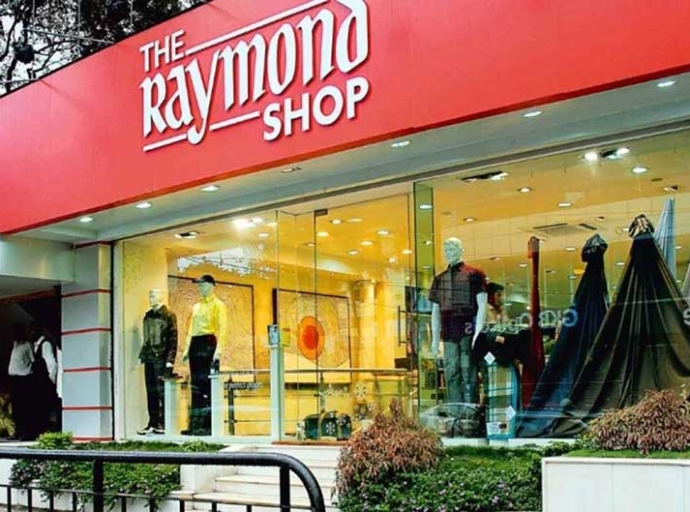26 July 2023, Mumbai
The Indian kids' apparel market has demonstrated significant growth, reaching a substantial US$ 21.1 Billion in 2022.
Projections indicate further expansion, with expectations to reach US$ 24.5 Billion by 2028, reflecting a robust Compound Annual Growth Rate (CAGR) of 2.6% during the period of 2023-2028, as per IMARC Group's analysis.
Perspective
Indian kids' apparel market thriving
Key drivers: rising disposable income, e-commerce, sustainable fashion, and social media influence.
Online shopping
sustainable practices
and
Trendy designs shape the market's bright future, attracting investors and industry players.
Trends and Growth Drivers in India's Kids' Wear Market
The Indian kids' wear market witnessed impressive growth, reaching a value of $16.62 billion in 2020.
Forecasts indicate a promising future, with a projected Compound Annual Growth Rate (CAGR) of 5.89% through 2026, expected to propel the market to $22.53 billion by 2026, as per ReportsAndMarkets.com study. Several factors contribute to this upward trend.
Growing Demand Driven by Rising Disposable Income and Changing Lifestyles
The rising disposable income of Indian families, coupled with evolving lifestyles, is fueling the demand for kids' wear.
As parents have more financial flexibility, they are more willing to invest in high-quality and stylish clothing for their children, contributing to the market's growth.
Distribution Channels and Retail Trends
The kids' wear market is categorized based on gender, category, season, sector, distribution channel, and competition.
Among distribution channels, multi-brand retail outlets held a significant share of 1/3rd in FY2020, a trend expected to continue until 2026.
Additionally, e-commerce platforms, such as Amazon, Walmart, and Target, are increasingly favored by kids for their convenience and wide product offerings.
Sustainable and Organic Fashion
Growing environmental consciousness has led to a rising interest in sustainable and organic children's clothing. Older parents, with higher disposable incomes, are more inclined to invest in premium designer outfits made of organic and natural fibers or recycled materials for their kids.
Performance Features and Preferences
Parents prefer performance features like shrink resistance, stain resistance, fade resistance, odor resistance, and durability in their children's clothes.
These features influence parents to spend more on clothing that ensures long-lasting quality and convenience.
Influence of Kids and Online Shopping
The children's wear industry is experiencing a shift as kids have a growing influence on clothing choices.
Brands are advised to consult kids while developing clothing assortments to align with their preferences. While parents still prefer offline stores for fitting and browsing, kids increasingly lean towards online platforms like Amazon, where they find diverse options and products.
Changing Fashion Trends
Denim clothing, especially in washed blue jeans, colored denim jackets, and distressed or embellished styles, is gaining popularity among kids.
Additionally, knitwear is becoming preferred over woven garments due to its variety and comfort.
The Future of India's Kids' Wear Market
With the growth drivers of increasing disposable income, changing lifestyles, and a surge in online shopping, India's kids' wear market is set for exponential growth.
Sustainable and organic fashion trends, along with performance-oriented features, will continue to influence consumer choices, making it vital for retailers and brands to adapt to the evolving preferences of parents and kids alike.
Rising disposable income
One of the key factors contributing to the market's expansion is the rise in disposable incomes among Indian families.
As disposable incomes increase, parents are more willing to spend on high-quality clothing for their children.
This growing purchasing power has facilitated the demand for kids' wear that prioritizes comfort and safety while offering a diverse range of clothing suitable for various occasions, including casual, formal, and festive events.
Manufacturers have recognized this trend and are capitalizing on it by providing an array of materials, styles, and colors to cater to the diverse needs of young consumers.
Growth levers
Another pivotal driver of growth is the pervasive influence of social media and smartphones. The younger generation is increasingly exposed to fashion trends and styles through these digital platforms.
Consequently, they develop a preference for fashionable clothing, prompting parents to invest in trendy and branded kids' apparel.
Moreover, collaborations with popular cartoon characters have proven successful in captivating young consumers, leading to an increased demand for apparel featuring beloved fictional figures.
Sustainable clothing
In recent times, there has been a growing emphasis on sustainable fashion in the kids' wear segment.
Consumers, including parents, are becoming more environmentally conscious and are seeking eco-friendly clothing options.
This shift in consumer behavior has encouraged manufacturers to incorporate sustainable practices, such as using organic and recycled materials, into their production processes.
As the market continues to prioritize eco-friendly choices, sustainable kids' wear is anticipated to witness significant growth.
Tailwinds
Furthermore, the expansion of e-commerce platforms has provided a tailwind to the Indian kids' wear market. Online shopping offers the convenience of browsing a wide selection of products, comparing prices, and making purchases from the comfort of one's home.
This convenience has greatly appealed to busy parents and has facilitated access to a variety of kids' wear options.
As e-commerce platforms continue to evolve and expand, the market is likely to experience further growth and meet the evolving preferences and demands of young consumers.
Synopsis
the growth of India's kids' apparel market can be attributed to multiple factors, including rising disposable incomes, social media influence, and the adoption of sustainable practices.
The expansion of e-commerce platforms further supports the market's upward trajectory, making it an enticing prospect for manufacturers and investors alike.
Remarkably, the kids' wear segment has already established a significant presence within India's apparel market.
This segment's impressive growth is anticipated to continue, as it is predicted to reach nearly Rs 1.7 trillion by 2028.
With such promising prospects, the Indian kids' apparel market presents lucrative opportunities for investors and industry players alike, driven by evolving fashion trends, rising disposable incomes, and a growing focus on children's clothing preferences.
Latest Publications


































